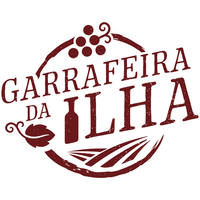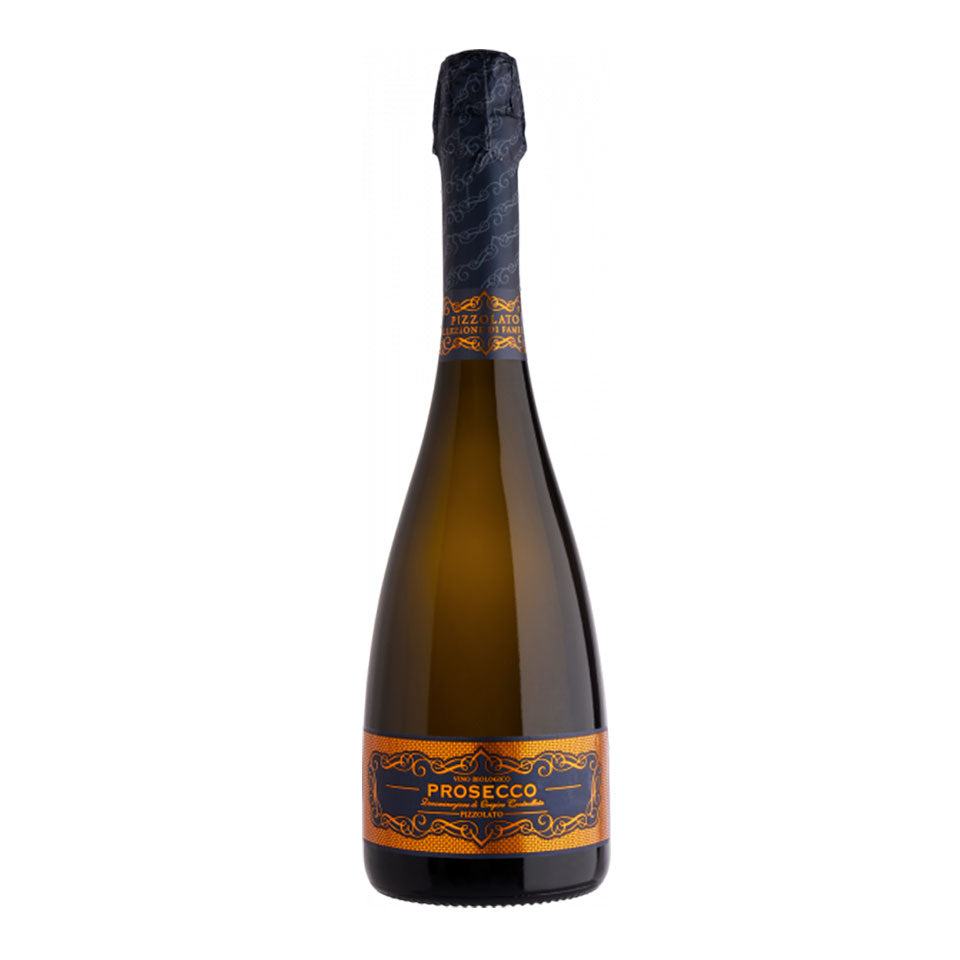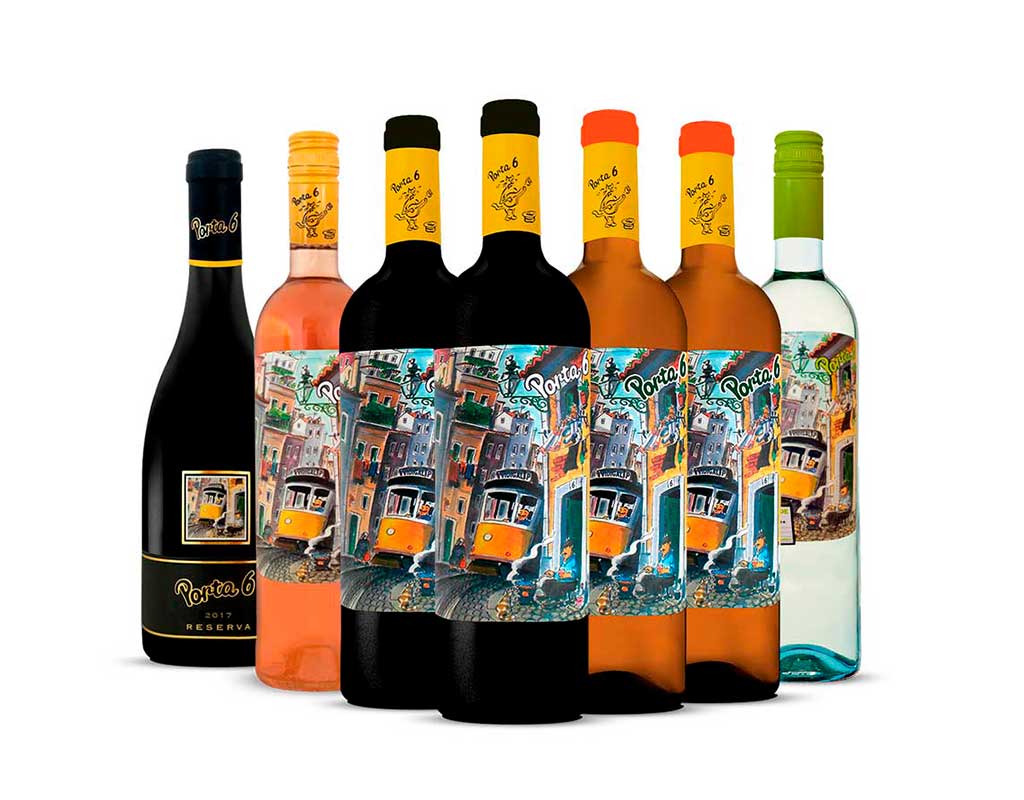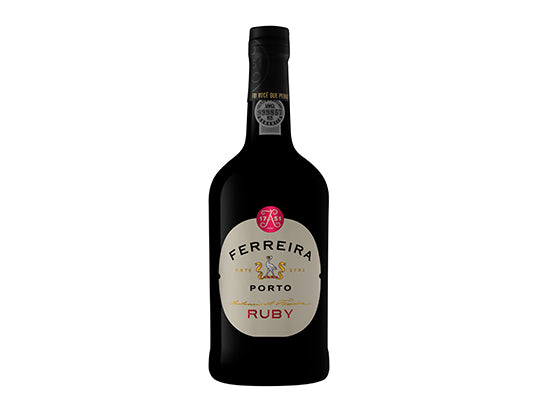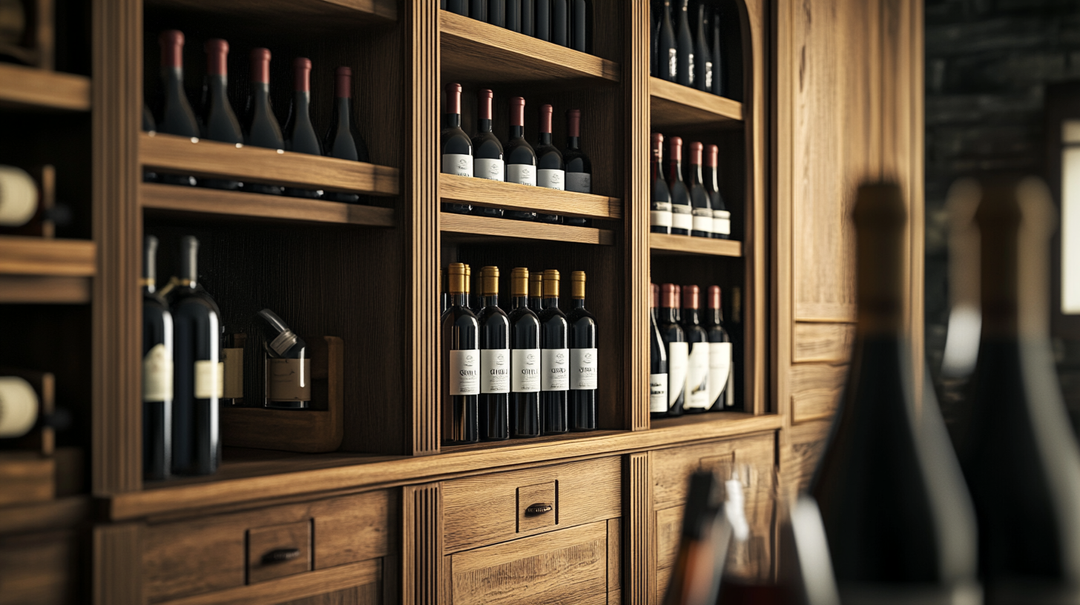Top 4 Best Dry White Wine for Cooking
Dry white wine is often considered the best wine for cooking – a secret weapon in the kitchen, adding depth and brightness to many recipes. The acidity and nuanced flavors it brings can enhance dishes ranging from creamy risottos to delicate seafood. In this guide, we’ll explore why dry white wine is often the best wine for cooking, how to choose the right bottle, and which varieties work best. You’ll also find answers to frequently asked questions.

Why Choose Dry White Wine for Cooking?
Using a dry white wine in your cooking can elevate the flavor of a dish without adding sweetness. Dry whites are wines that have little to no residual sugar, which means they taste crisp rather than sweet. This crispness is key for cooking:
-
High Acidity: These wines (e.g. Sauvignon Blanc or Pinot Grigio) have high acidity. The acid helps deglaze pans and release browned bits, creating flavorful sauces. It also balances rich ingredients, like a squeeze of lemon would.
-
Clean Flavor: Because they lack sweetness, dry whites won’t caramelize or add unwanted sugar to your dish. Instead, they impart fruity or herbal notes that enhance the food. Such wine complements poultry, seafood, and pasta dishes without overpowering them.
In short, dry white wines provide the acidity and clean flavor that often make them the best wine for cooking in many recipes.
How to Choose a Dry White Wines for Cooking
Keep these pointers in mind when selecting a wine for your recipe:
-
Avoid Sweet or Oaky Wines: Fuller whites with heavy oak or any sweet wine are not ideal. Oaked wines can turn bitter when reduced, and sweet wines may make a dish too sugary. Stick to unoaked or lightly oaked varieties.
-
Pick Something Drinkable: Cook with a wine you would enjoy drinking. It doesn’t have to be expensive, but it should taste good on its own. Cooking will concentrate the flavors, so any unpleasant taste will become stronger. An affordable, quality bottle is perfect – for example, a budget-friendly Sauvignon Blanc like our Camelias Sauvignon Blanc.
-
Skip “Cooking Wine”: White cooking wine from the store is usually low quality and very salty. They tend to taste harsh, so it’s better to cook with a normal white wine. You’ll get far better flavor without the excess salt.
Best Dry White Wines Varieties for Cooking
When choosing a white wine for cooking, a few varieties stand out. Here are some top types and why they work well:
Sauvignon Blanc – A Crisp, Dry Choice for Cooking
Sauvignon Blanc is a popular go-to choice for many recipes. It’s light-bodied with high acidity and fresh herbaceous or citrus notes. This makes it perfect for deglazing pans or enhancing seafood dishes and light sauces. Sauvignon Blanc’s zesty flavor brightens dishes like garlic shrimp, white wine chicken, or a vegetable sauté. At Garrafeira da Ilha, you can find several Sauvignon Blanc options in our white wine selection that are ideal for cooking.
Chardonnay – A Rich White Wine for Cooking (Use Unoaked)
Chardonnay can be excellent for cooking if you choose an unoaked or lightly oaked bottle. Chardonnay is fuller-bodied and can add subtle creamy or apple notes to dishes. It shines in recipes like creamy pasta sauces, white wine reductions, and dishes with butter or cream. However, avoid heavily oaked, buttery Chardonnays; those can turn bitter when cooked. An unoaked Chardonnay (like Ticket Chardonnay) will provide acidity and fruit without overpowering your dish.
Pinot Grigio (Pinot Gris) – Light and Versatile
Pinot Grigio (also known as Pinot Gris) is another fantastic choice for cooking. It’s typically dry, light, and crisp with gentle citrus and pear flavors. Pinot Grigio is very versatile and works well in anything from a simple pan sauce for fish to a risotto. Its neutral profile won’t dominate your dish, making it a safe bet when you’re unsure which white wine to use.
Whatever variety you choose, the key is to use a wine you enjoy drinking. Cook with a wine you like, and its flavors will enhance your dish – ensuring you’re using the best wine for cooking for your needs. Below, we answer a few common questions people have about using dry white wine in recipes.
